Embracing Slow Travel and the Joy of Unhurried Adventures
Slow travel isn't just about taking your time, it’s about truly immersing yourself in a new place. Rather than zipping through tourist spots in a week or two, slow travel means living in a place for an extended period—think months rather than weeks.
This allows you to experience the destination on a deeper level.
When I first tried slow travel, I was amazed at how much more I enjoyed each place.
Staying longer allowed me to build a connection with the community and discover hidden gems that short-term tourists often miss. From finding the best local curry shop to figuring out the Aussiest flat white in Kuala Lumpur and getting to know the baristas, slow travel transformed my experience.
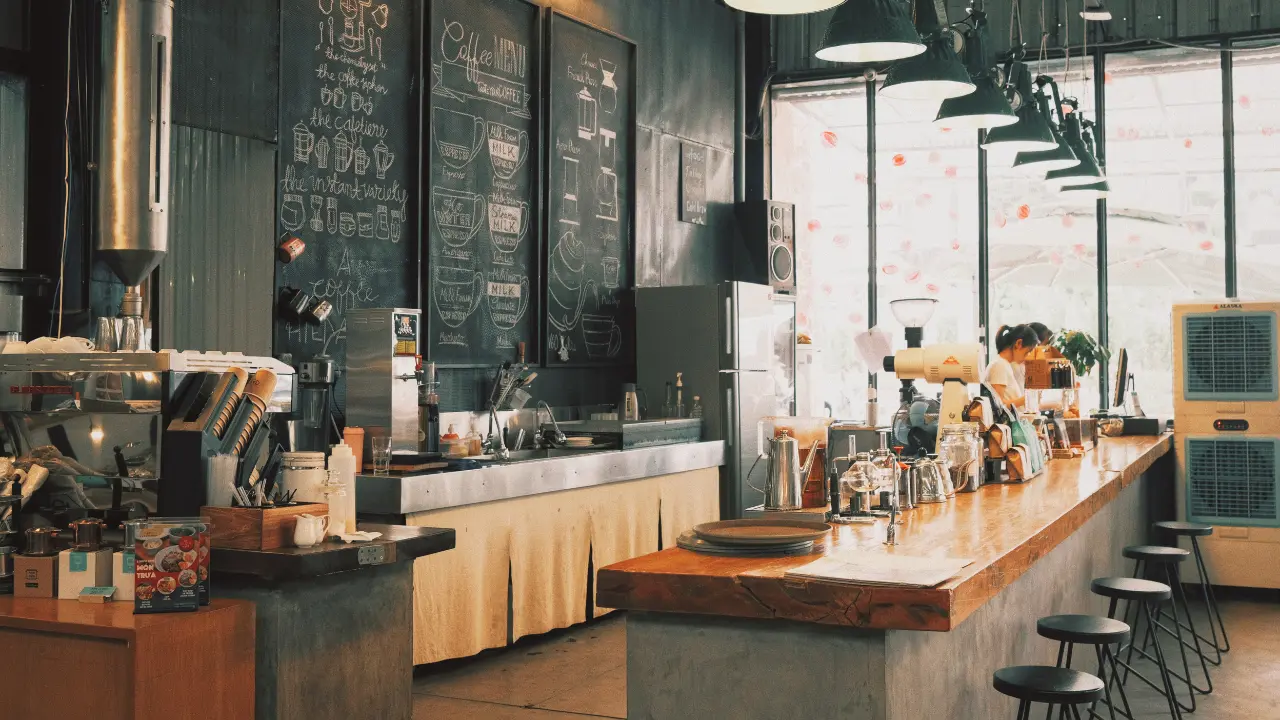
In the past I was one of those rush travellers, scrambling around to as many places as I could. But having stayed in places such as Kuala Lumpur for months instead of weeks, my perspective shifted.
I found myself appreciating the nuances of the locations—the hidden parks, the less-touristy but equally as beautiful areas (you can really take advantage of the slow tourist seasons and times of day too). Not to mention the delicious food, like my favourite Ken Chan curry and Syrap Bandung 😋
This deeper level of engagement made me feel more connected to the places, people, and things I did there, while not being an entirely new life from what I knew and still having time to work on my business at my pace.
Establishing Connections
One of the most rewarding aspects of slow travel is the opportunity to form genuine relationships with locals.
When you stay in one place for an extended period, you have the time to meet people beyond the tourist bubble. You can participate in local events, join community groups, and become a familiar face at your favourite spots.
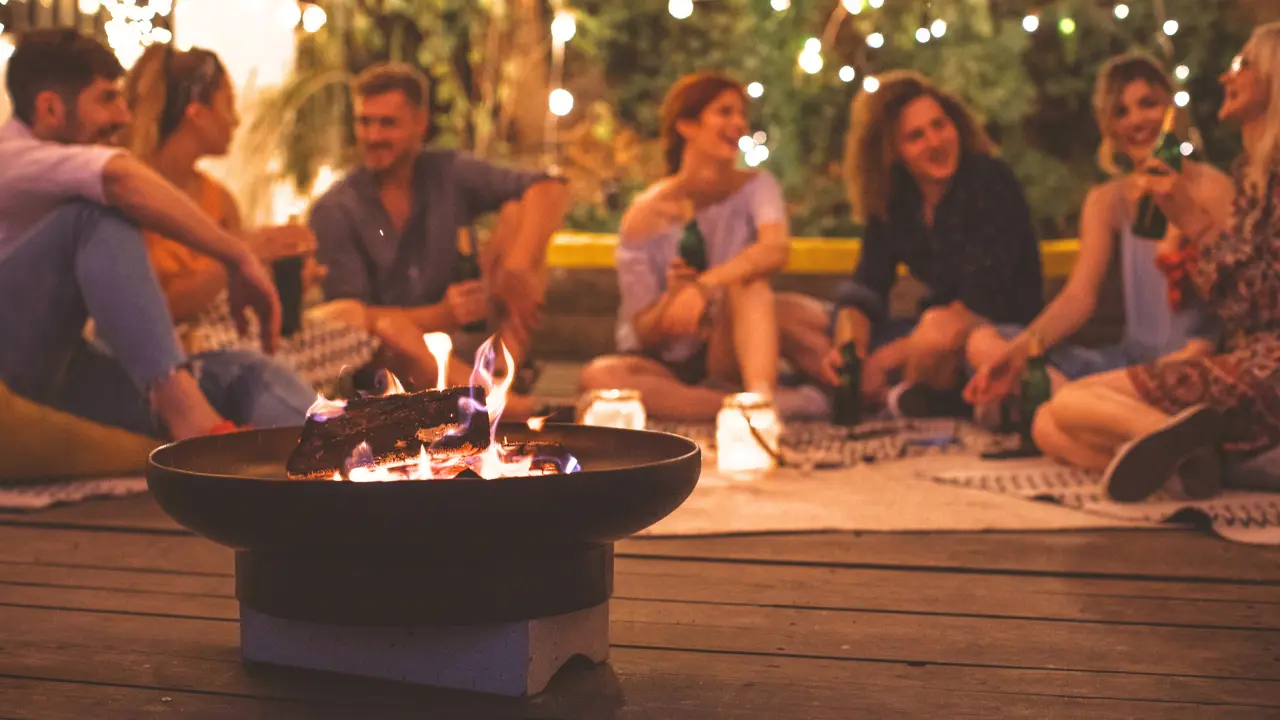
Building these connections adds a rich layer to your travel experience. I found that over time, small interactions with locals became the highlights of my day. Whether it was chatting with the curry shop staff or learning foreign swear words from my trainers at the gym, these interactions added a layer of depth to my travel experience.
There's a unique joy in feeling "at home" in a foreign place.
Revisiting your favourite café, knowing the barista by name, or running into acquaintances on the street can transform a strange city into a second home. This sense of belonging is invaluable and something you just can't get from a whirlwind tour.
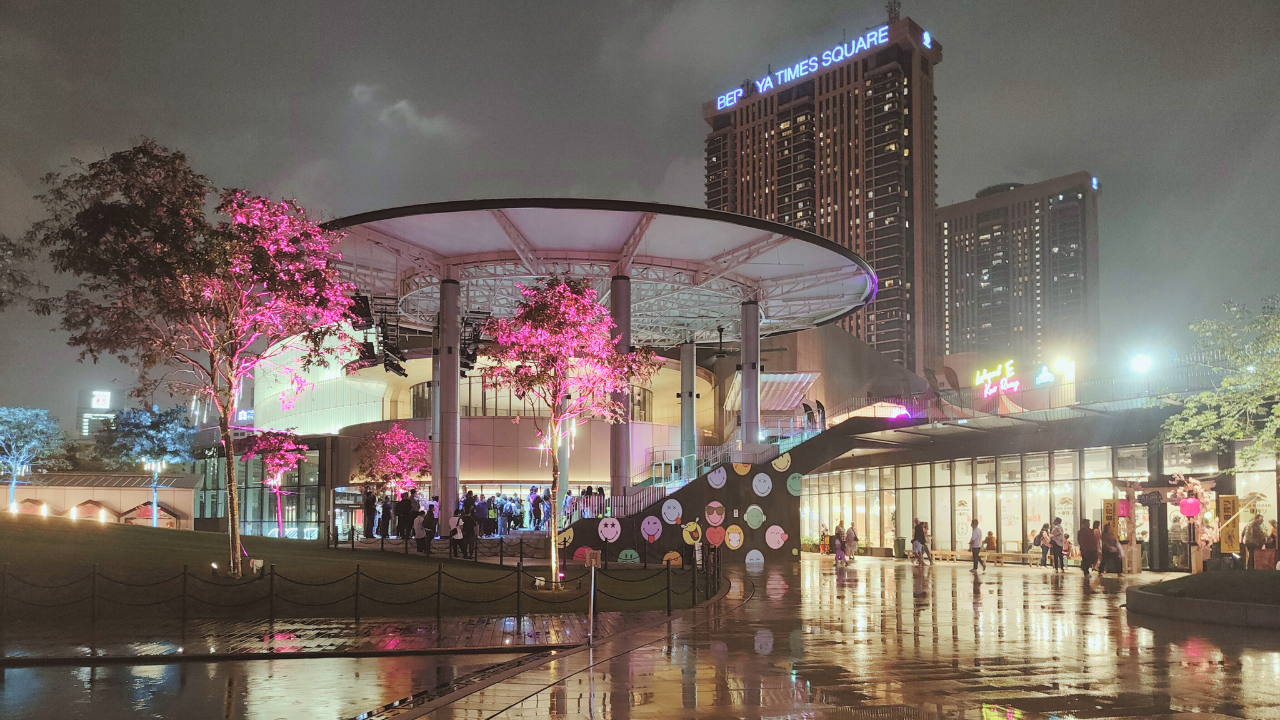
Working Remotely
For digital nomads, slow travel offers the perfect blend of work and exploration. Instead of juggling a packed travel itinerary with work deadlines, you can establish a stable routine.
This allows you to focus on your job while still enjoying the benefits of being in a new and inspiring environment.
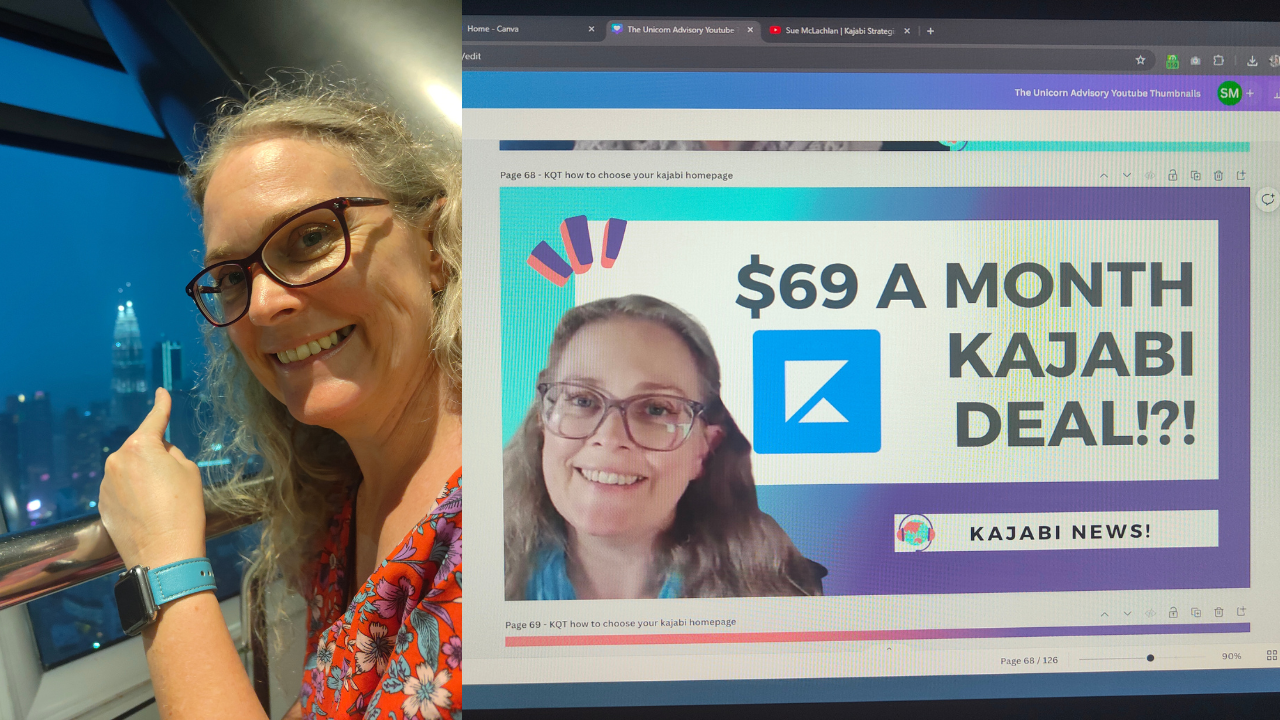
Working remotely while travelling used to feel like a constant balancing act.
But with slow travel, I found that I could maintain my productivity without sacrificing the joy of exploring a new place. Establishing a routine that balanced work and leisure helped me stay focused and energised.
Being in a new surrounding can spark creativity and fresh ideas.
I found that working in a new place made me more productive. Plus, the balance of familiar work routines and the excitement of new experiences kept my motivation levels high.

My office view in KL
A change of scenery can do wonders for your creative flow. Whether it’s working from a quiet park, airbnb desk set up or a bustling cat café, these new environments stimulated my mind and fueled my creativity.
I found that the novelty of my surroundings combined with a stable work routine created the perfect conditions for innovation and productivity.
Reducing Stress and FOMO
When you're only in a place for a week, the pressure to see and do everything can be overwhelming.
Slow travel eliminates this rush, allowing you to explore at a much more leisurely pace. You can take your time, savour experiences, and truly immerse yourself in the local culture.
During a quick trip, there’s always that underlying stress of having to check off every sightseeing spot before you leave. But with slow travel, I felt a sense of liberation. Not to mention check out is at 11am and you still need to pack your bag back up!
Without the pressure to see everything in a short time, I could relax and enjoy each moment, whether it was working or a afternoon walk in the park or city.
With the freedom to set a more a relaxed schedule, you can take part in local life beyond the usual tourist attractions.
This means gaining a deeper understanding of what makes a place unique. You can attend local festivals, explore neighbourhood markets, and even look starry eyed at all the cool stuff in the grocery stores. It's more like day-to-day life, just in a different place!
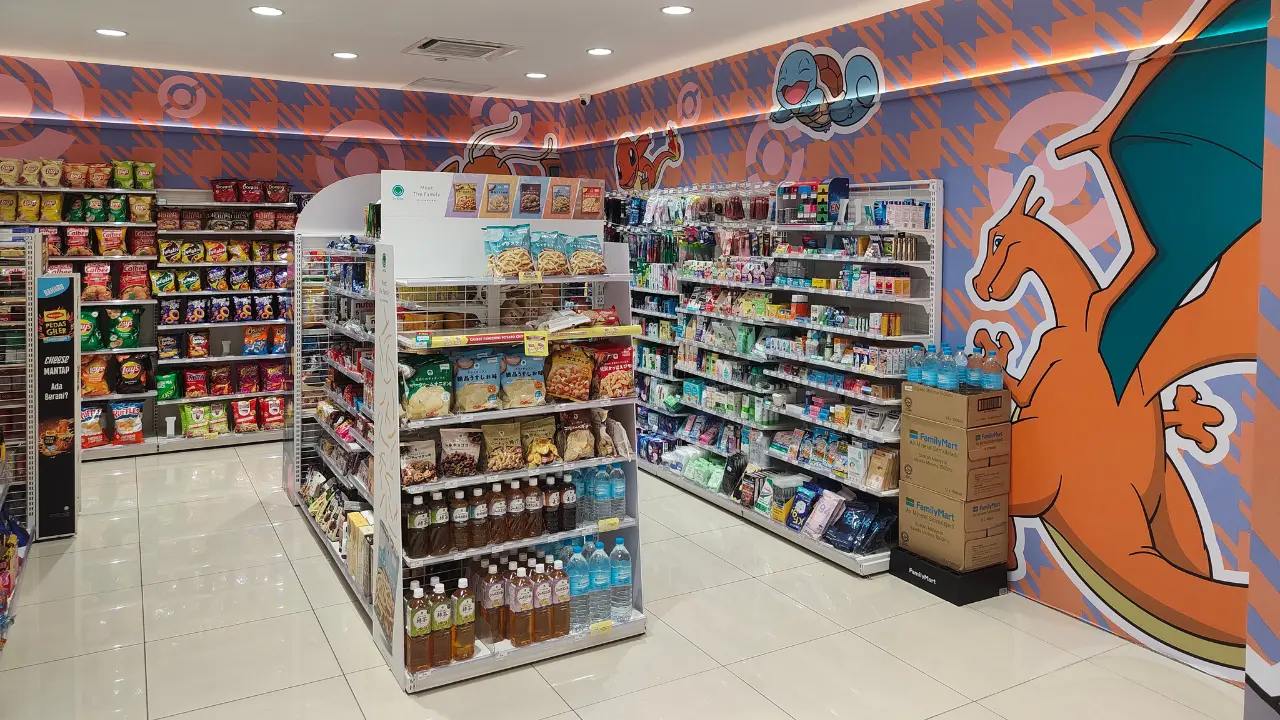
Slow travel is MUCH cheaper
Slow travel can significantly reduce your travel expenses. Long-term accommodation is often cheaper than short-term stays, and you'll likely save money by cooking at home and using public transport.
When visiting somewhere for a week or two, my costs were often four times the slow travel budget, as you're paying entry fees for tourist activities, travelling around more daily and eating most meals at restaurants and it really adds up!
Staying away from tourist hotspots and finding local spots for your daily needs can also make your trip much more affordable.
Energy and Well-Being
Constantly moving from place to place can be physically and mentally exhausting.
Slow travel, on the other hand, allows you to recharge and maintain a steady routine. This leads to a more sustainable way of exploring the world without the burnout - crucially important given my burnout is what triggered the move to becoming a digital nomad!

In the travel of my backpacking youth (remember Contiki tours with a new location daily!) I often felt exhausted after hopping from city to city every few days. The constant stress of packing and moving, it's fun but not as sustainable over the long term and you don't get the oprtunity to fully understand the places.
Living in a new place for an extended period offers countless opportunities for personal growth. You can learn new languages, adapt to different cultures, and develop a deeper understanding of diverse ways of life. It gives a sense of fulfilment in ways that short-term travel simply can't match.
Choosing Destinations
When planning your slow travel adventure, consider visa-friendly countries that offer extended stays. For instance, Thailand just started offering a 5 year digital nomad visa that allows you to stay for up to six months at a time.
Countries like Japan, Malaysia and Vietnam offer 3 month visitor visas to many nationalities.
Different countries have varying visa options that cater to long-term travelers. Researching these options beforehand helps ensure a smooth and stable trip. Look for digital nomad visas or long-term tourist visas in your destination of choice to make your stay as seamless as possible.
Finding Accommodation
Building a comfortable and functional home base is crucial for a successful slow travel experience.
I've mainly stayed in Airbnb's but often find hotels a great option in low-cost destinations like South East Asia. Many digital nomads use local rental agencies, or even Facebook groups can be excellent resources.
Long-term rentals and co-living spaces often come with discounts, making them more affordable. Imaging what you want you living situation to be like and planning ahead it key.
When you're staying in one place for months, not weeks, it can make sense to then buy a few things to make the stay more comfortable, like an ergonomic desk chair or second monitor if you work online.
Appliances like an airfryer can make it easier to cook at home and can be sold or given away on Facebook marketplace when you leave.
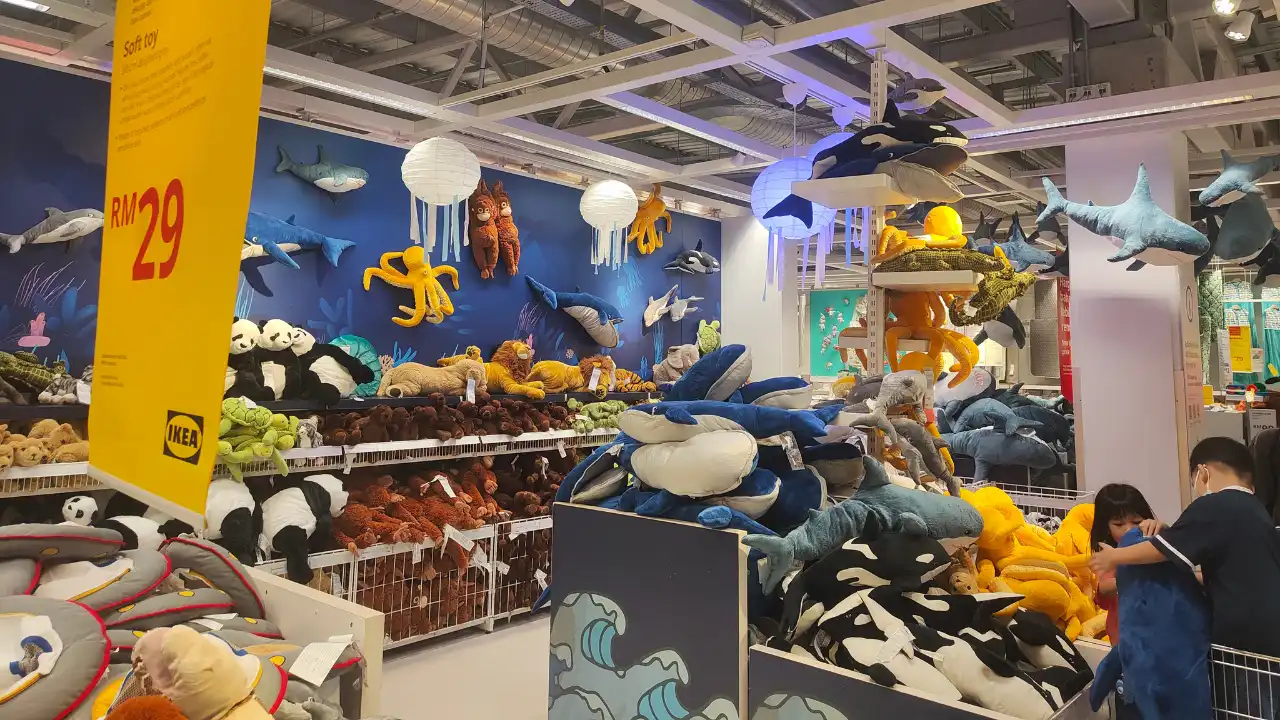
Balancing Exploration with Routine
Once you’ve settled into your new home base, plan small trips within the larger stay. Incorporating local events and activities into your routine can help you feel more connected to the community and you can experience new places without the constant upheaval of moving.
Remember, the goal is to blend stability with the excitement of new experiences.



